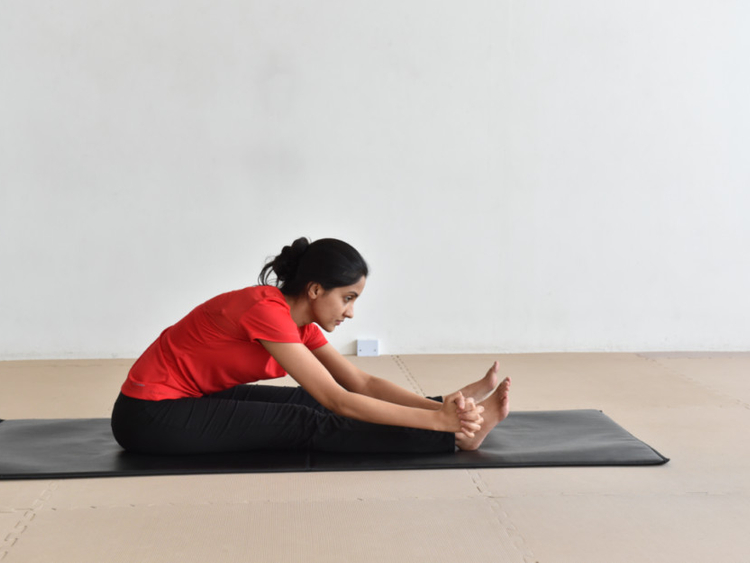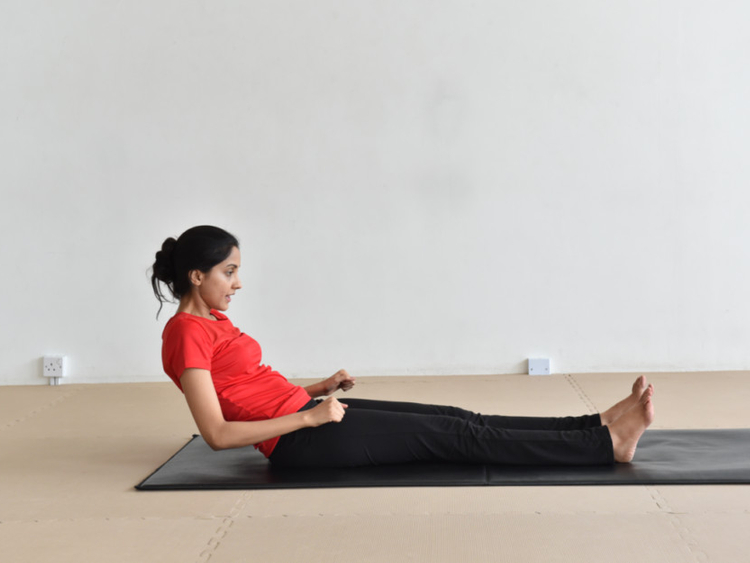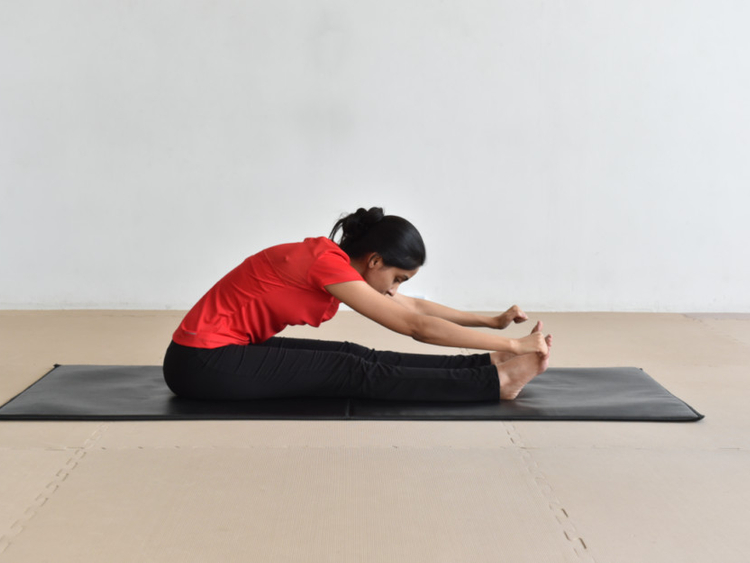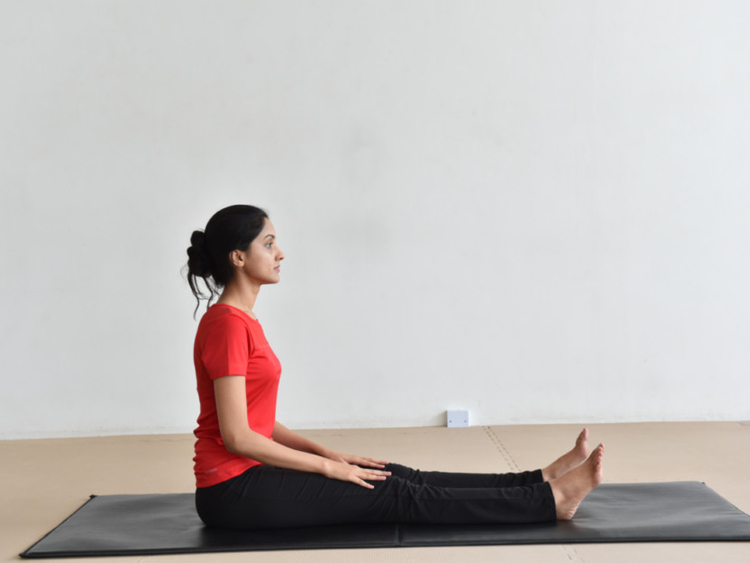
Imagine if you were to walk from your house to a mosque every day for 40 years. The first day you would have to figure out the distance and the way to get there. The next day, you would begin noticing the crowd, buildings along the way and various other facilities. But if you walk for years at a stretch you would know the route breadth by breadth. You would be able to catch any changes in an instant. Looking at a map is only the beginning; it is not the journey itself.
One has to be a yogi to understand Patanjali yoga sutras. Only when one has practised yoga under the able guidance of a master for 20-40 years, then he is able to become Patanjali himself. As seen in last week’s column, the first yoga sutra states atha yoganushasanam, which means ‘now’ the practice of yoga. But before you start the practice of yoga, before you begin to understand the philosophy and the science of yoga, you need to find a teacher. Then only ‘atha’ or ‘now’ happens.
Teachers and masters
Some teachers are also known as masters. A teacher can teach you bahiranga yoga or external aspects of yoga, namely asana and pranayama. But a master is someone who knows this science in and out. He knows this philosophy deep within; it is natural to him. He has been through the internal journey of yoga or antaranga yoga, which includes pratyahara (withdrawal of sense), dharana (single-pointed focus), dhyana (meditation) and samadhi (state of perfected meditation).
This is an unknown territory, hence only when you have found a master, the internal journey of yoga begins. It normally begins with a query, also known as abeepsa in Buddhism, which means intense longing to know the truth; nothing else matters anymore. As much as a student is seeking to learn, a master is seeking for people to learn, to walk the path of yoga, to make the journey of truth.
Finding a teacher
When there is willingness to walk the path of yoga, the question arises as to how to find a true teacher. Each master has his own unique ways of leading you to the truth. The methods will be different. But one thing that you should avoid is to judge a teacher or a master. The moment you begin to condemn, the judgemental part of the mind takes over and you tend to lose clarity.
As much as a student is seeking a teacher, the right teacher is waiting for him. If the magic or connect did not happen, move on. A teacher will appear more convincing while a master can disturb your ego. Most masters live in disguise and may seem to behave in a completely opposite way to what is expected out of them. The master has to also accept you as a student or his disciple. There is alchemy in the master-disciple relationship which I will explain next week.
PRACTICE OF THE WEEK
Prarambha sthiti
Nauka Sanchalasana — step 1 Inhale
Nauka Sanchalasana — step 2 Exhale
Chakki Chalasana — step 1 inhale
Chakki Chalasana — step 2 inhale
Next week: The teacher-student tradition in yoga, part two
















